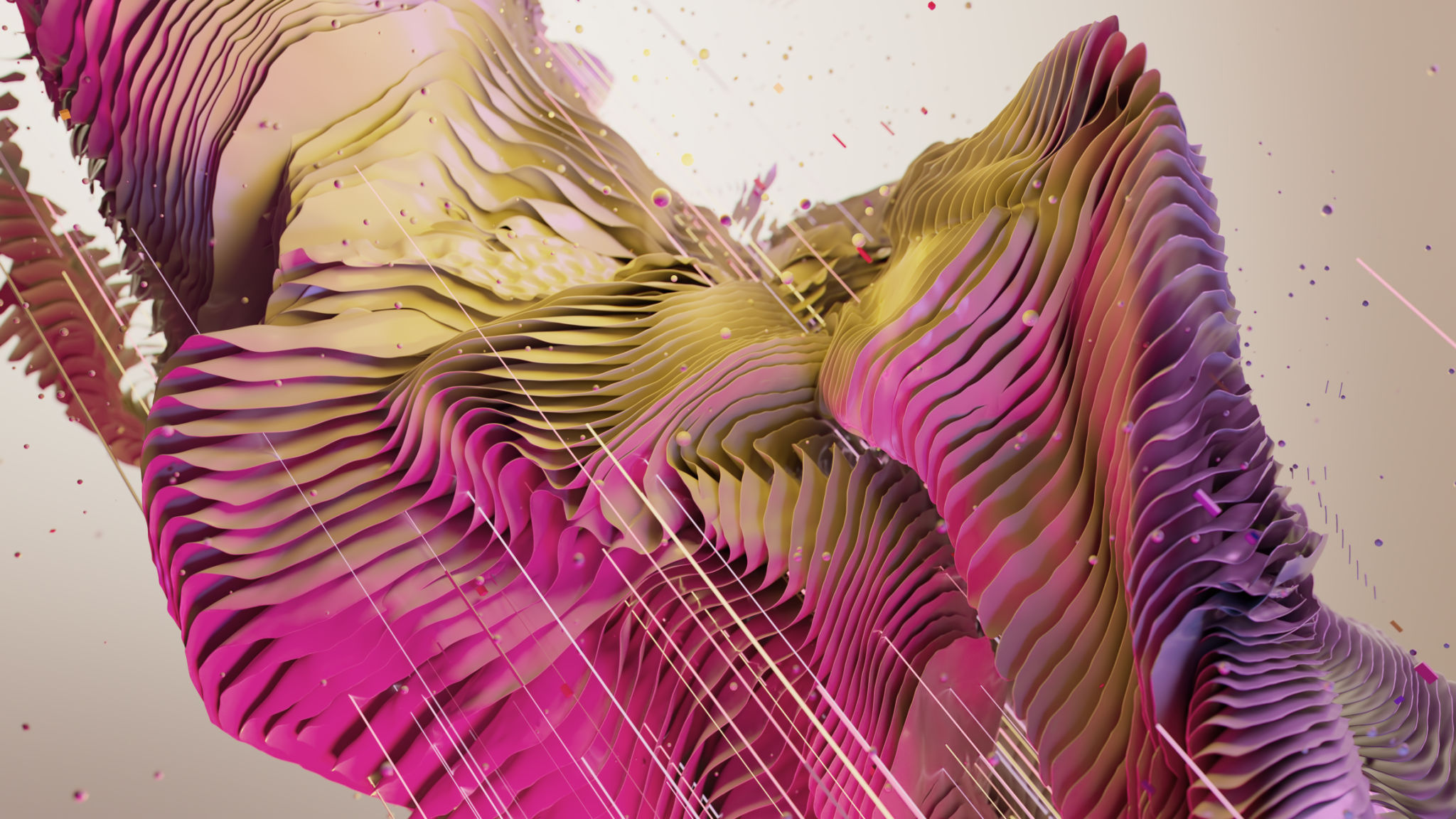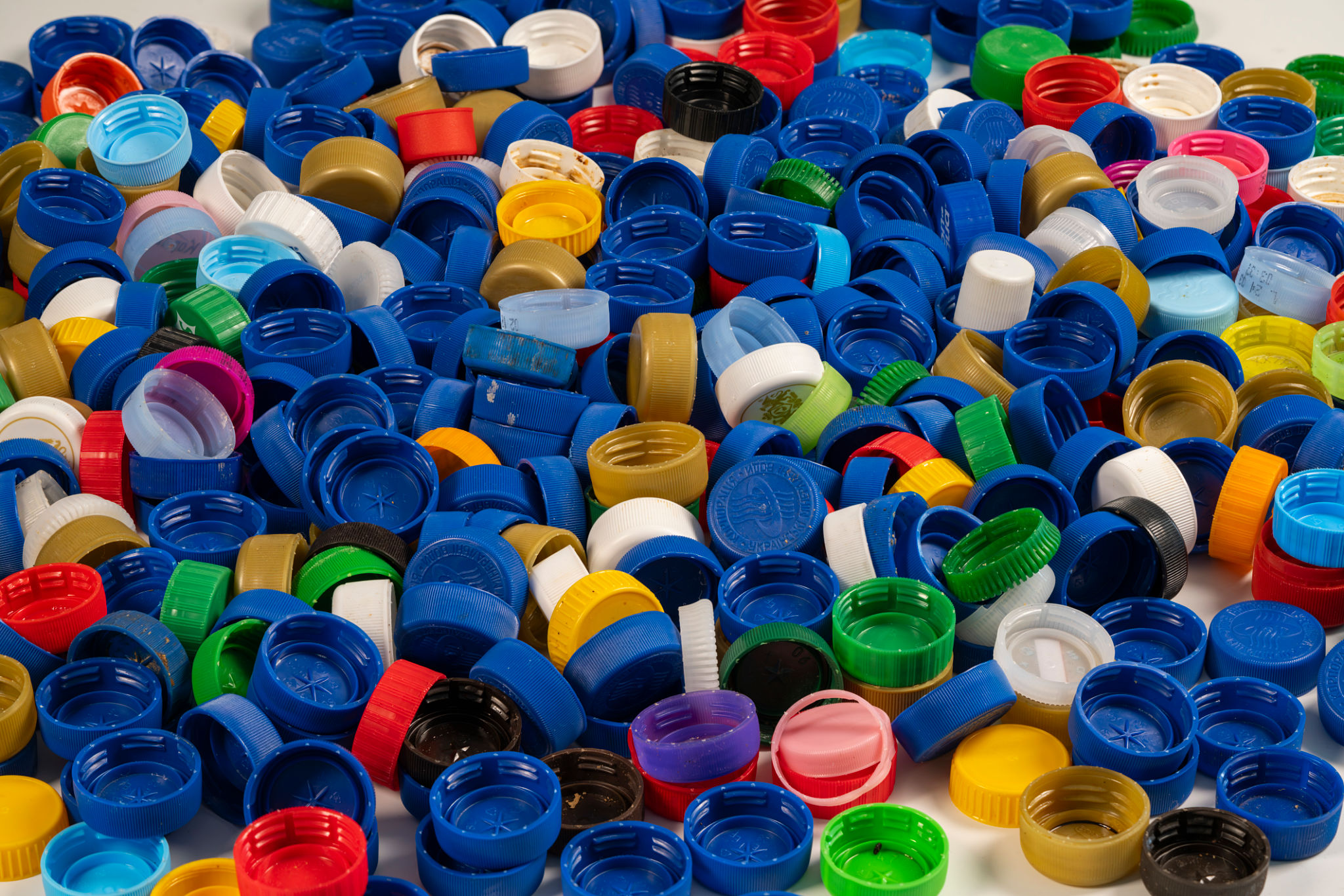The Rise of Eco Sculpture: Transforming Waste into Art
Understanding Eco Sculpture
In recent years, the art world has witnessed the emergence of a fascinating trend: eco sculpture. This innovative art form transforms waste materials into stunning works of art, offering a creative solution to environmental challenges. By repurposing materials that would otherwise end up in landfills, eco sculptures not only beautify spaces but also raise awareness about sustainability.
Eco sculpture is a testament to human ingenuity and the endless possibilities of creativity. Artists who specialize in this medium often use discarded items such as plastic bottles, metal scraps, and old electronics, giving them new life and purpose. This approach not only reduces waste but also inspires communities to think differently about their consumption habits.

The Artistic Process
The creation of an eco sculpture begins with the collection of materials. Artists frequently source these from recycling centers, donation drives, or even beach clean-up events. This diverse array of materials provides endless opportunities for creativity, allowing artists to experiment with different textures, colors, and forms.
Once the materials are gathered, artists embark on the challenging yet rewarding process of assembling their sculptures. This often involves cutting, welding, and binding different pieces together to create a cohesive structure. The transformation from waste to art is both intricate and labor-intensive, requiring a keen eye for detail and a passion for sustainability.

Techniques and Styles
Eco sculptors employ a variety of techniques to achieve their artistic visions. Some prefer to maintain the original form of the materials, highlighting their raw beauty and imperfections. Others may choose to manipulate the materials, reshaping them into entirely new forms that challenge traditional perceptions of art.
Popular styles within eco sculpture range from abstract to realistic. Some artists create lifelike representations of animals or people, while others opt for more abstract interpretations that evoke emotion and provoke thought. Regardless of style, the underlying message remains consistent: art can be a powerful tool for environmental change.

Impact on Communities
Eco sculpture has a profound impact on communities around the world. By transforming public spaces with these unique pieces, artists encourage residents to engage with art in their everyday lives. This accessibility fosters a deeper appreciation for both art and the environment.
In addition to beautifying neighborhoods, eco sculptures often serve as educational tools. Many artists collaborate with schools and community groups to host workshops, teaching participants about sustainability and the importance of reducing waste. These initiatives not only inspire the next generation of eco-conscious citizens but also strengthen community bonds.
The Future of Eco Sculpture
As awareness about environmental issues continues to grow, the demand for eco sculpture is likely to increase. Artists are constantly exploring new materials and techniques, pushing the boundaries of what is possible within this art form. Advances in technology, such as 3D printing and laser cutting, are also opening up new possibilities for eco sculptors.
Looking ahead, eco sculpture has the potential to redefine the relationship between art and the environment. By continuing to innovate and inspire, artists can play a crucial role in shaping a more sustainable future for our planet.